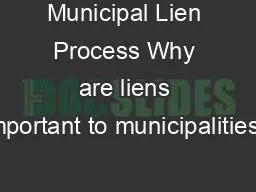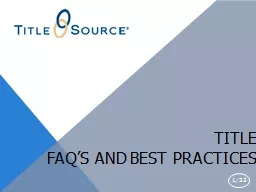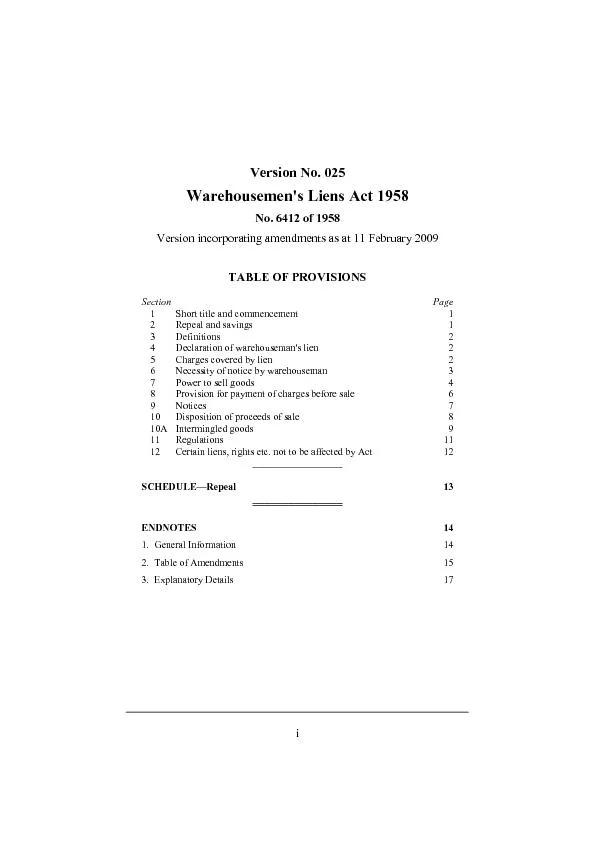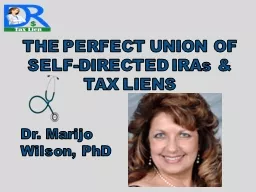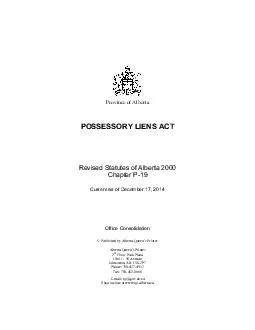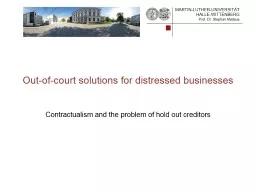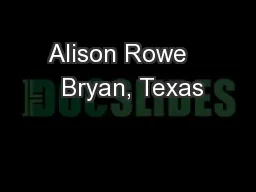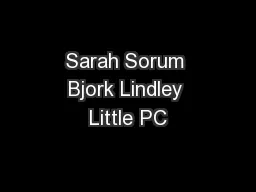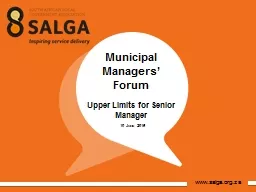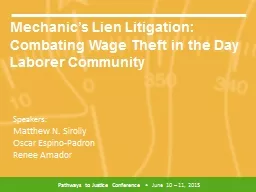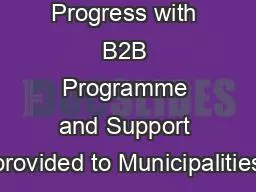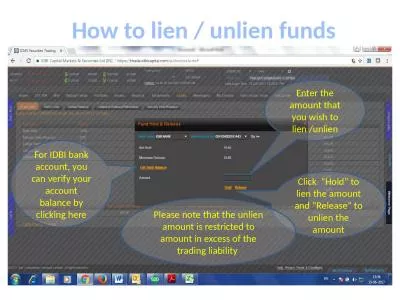PPT-Municipal Lien Process Why are liens important to municipalities?
Author : ventuilog | Published Date : 2020-06-22
A lien has been defined as a claim or charge on property for payment of some debt obligation or duty Types of liens Mortgages Mechanics liens Tax liens Federal state
Presentation Embed Code
Download Presentation
Download Presentation The PPT/PDF document "Municipal Lien Process Why are liens imp..." is the property of its rightful owner. Permission is granted to download and print the materials on this website for personal, non-commercial use only, and to display it on your personal computer provided you do not modify the materials and that you retain all copyright notices contained in the materials. By downloading content from our website, you accept the terms of this agreement.
Municipal Lien Process Why are liens important to municipalities?: Transcript
Download Rules Of Document
"Municipal Lien Process Why are liens important to municipalities?"The content belongs to its owner. You may download and print it for personal use, without modification, and keep all copyright notices. By downloading, you agree to these terms.
Related Documents

